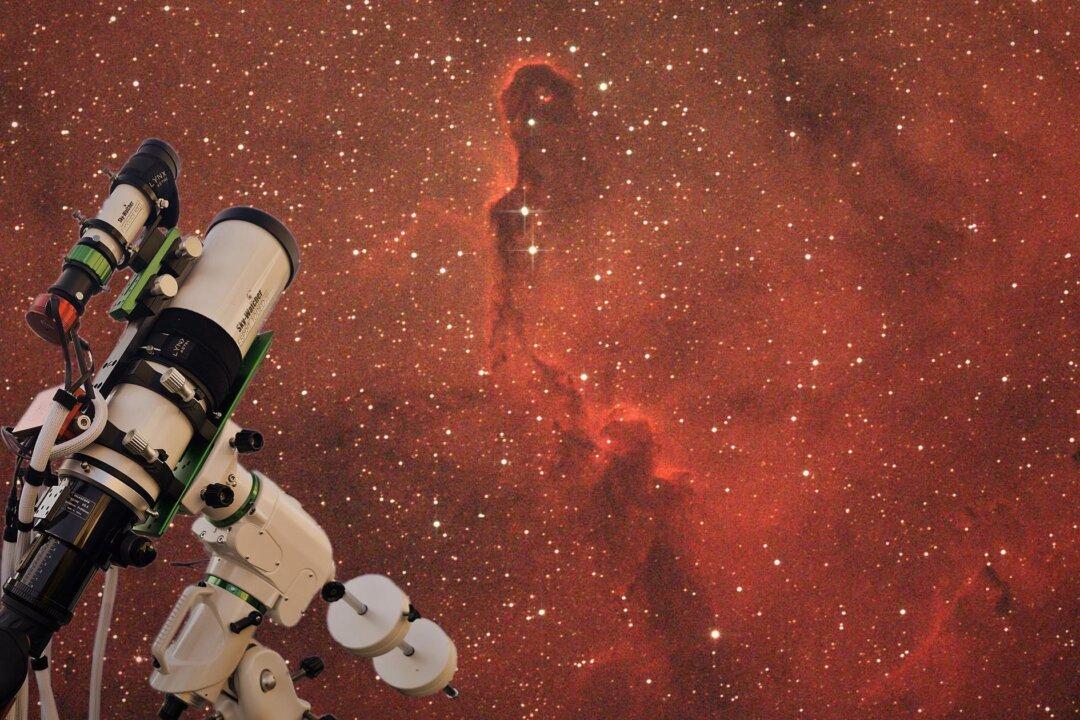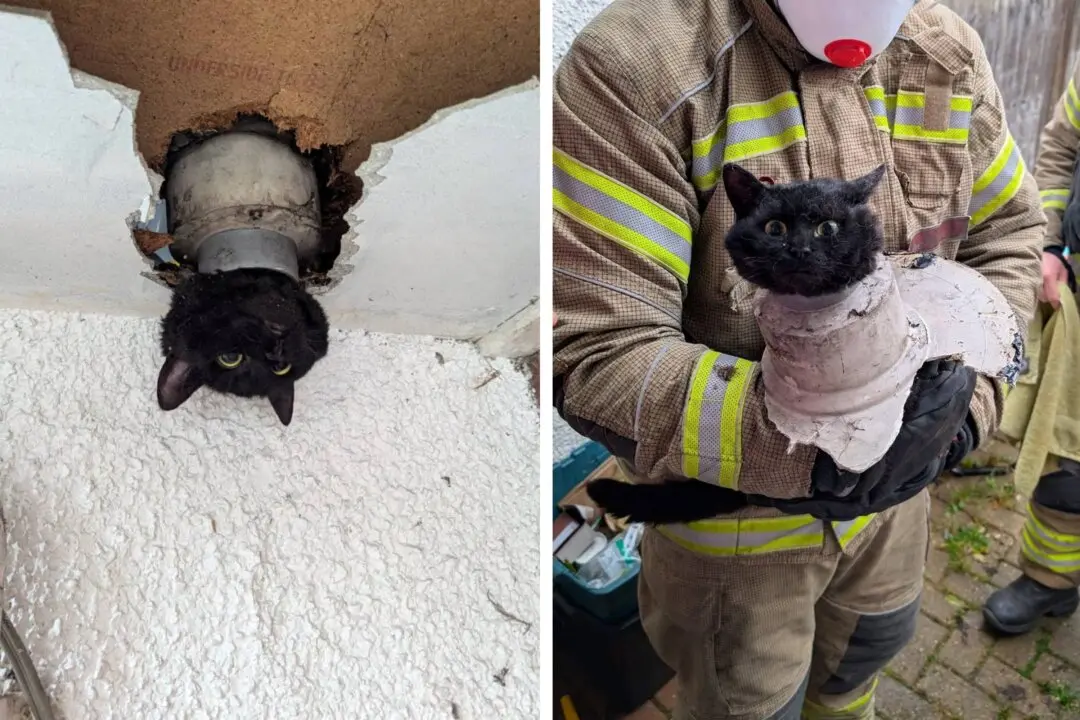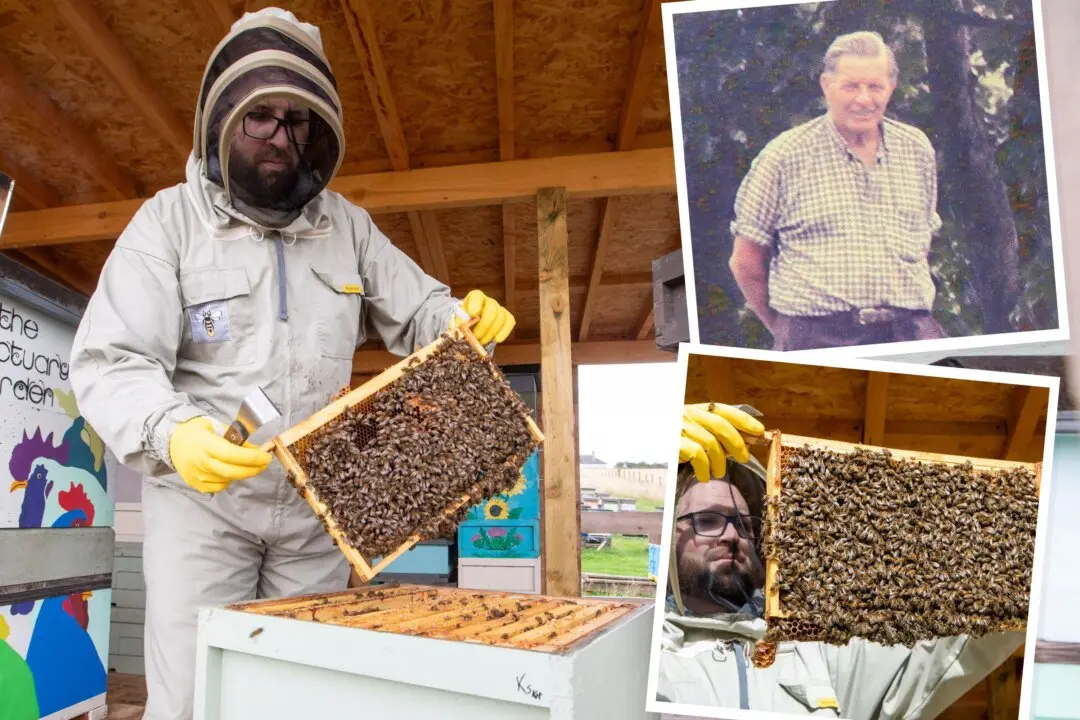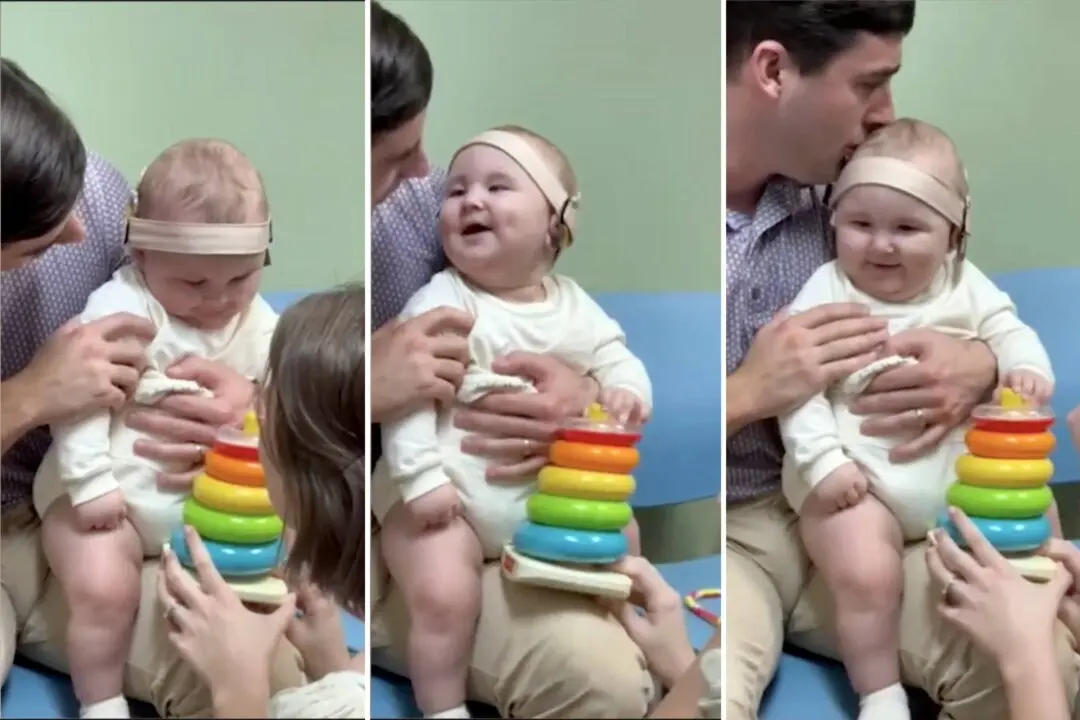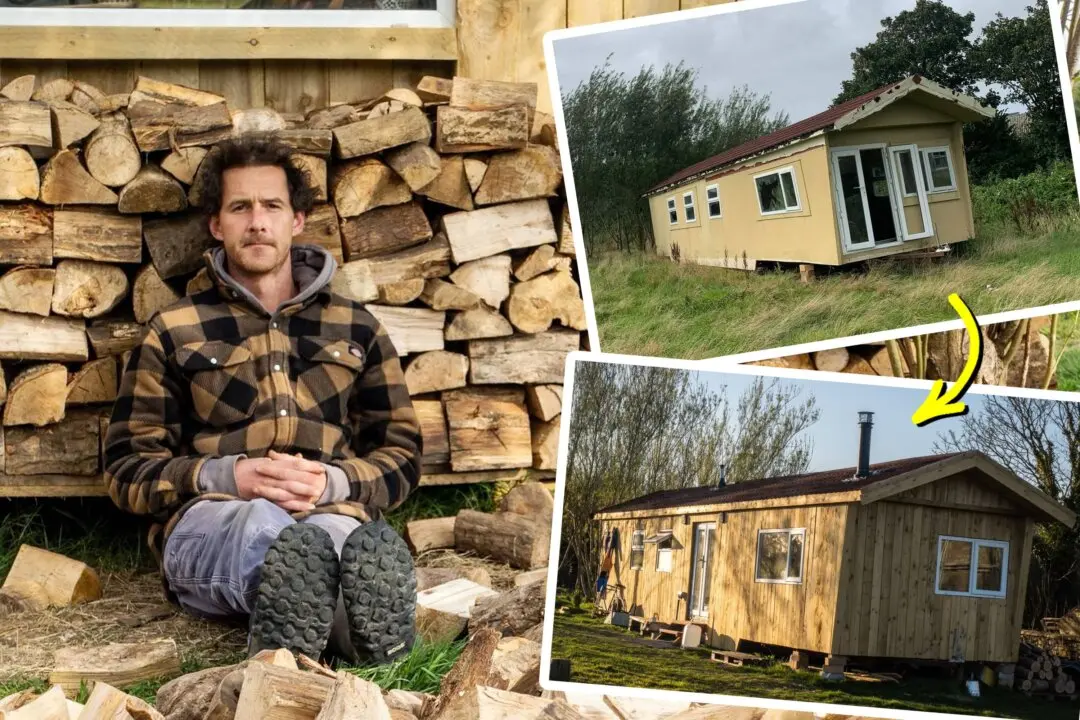A space fan in Scotland has captured some jaw-dropping astrophotography depicting the heavens above—from the comfort of his back garden.
Bryan Shaw, 28, spends hours tracking the night sky to produce stunning images of nebulas and star clusters many millions of light-years away.

